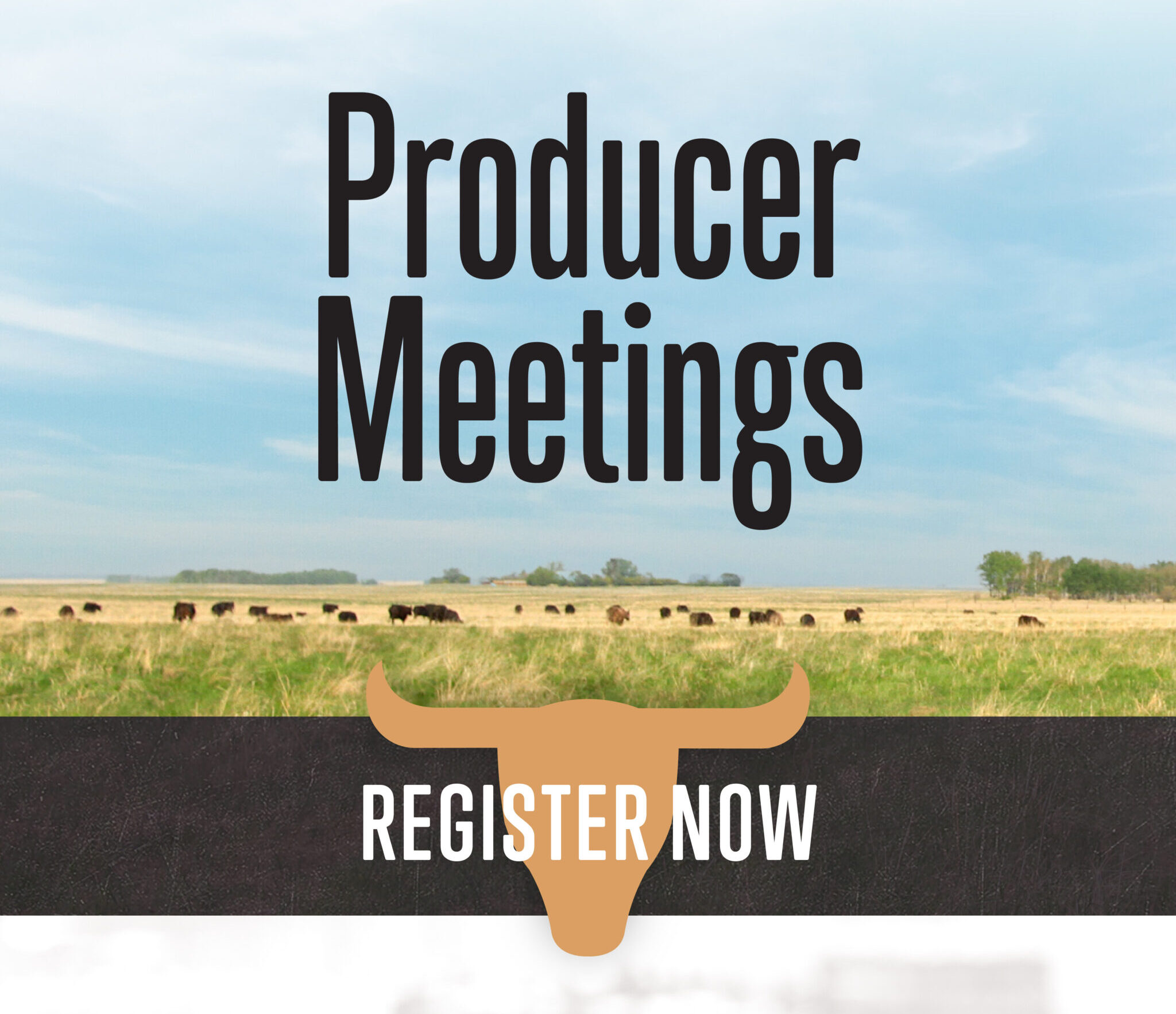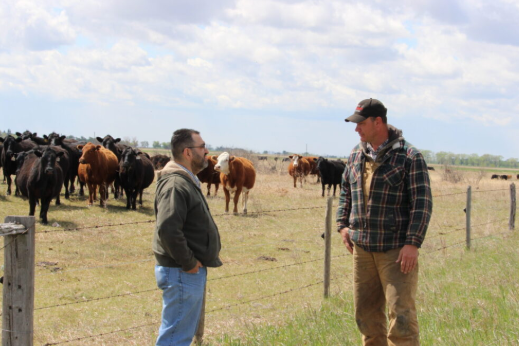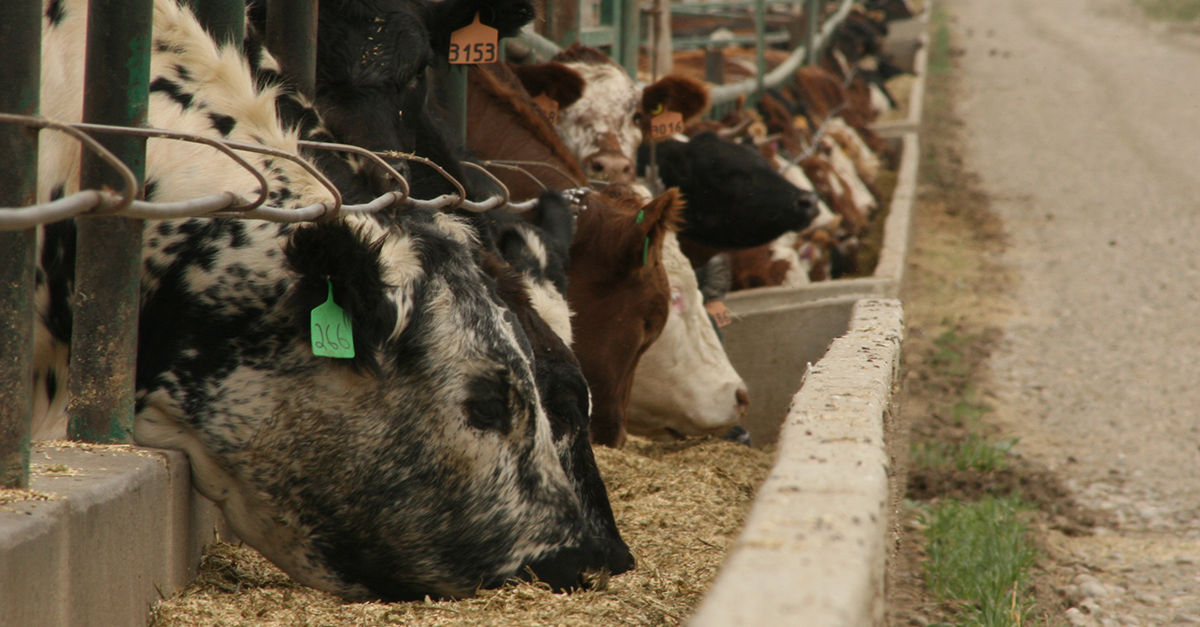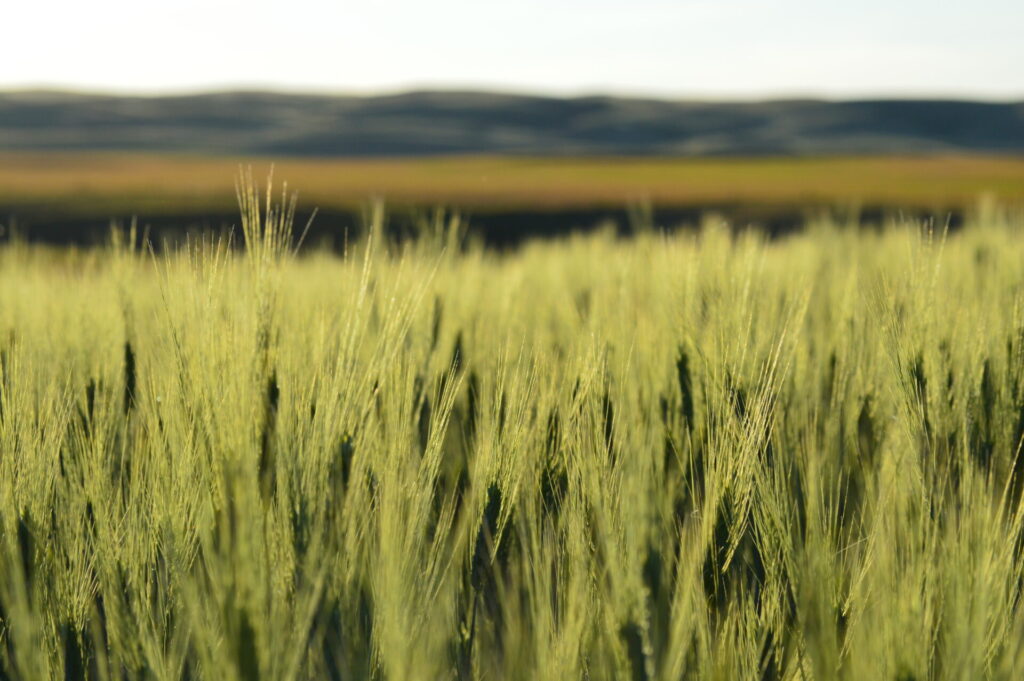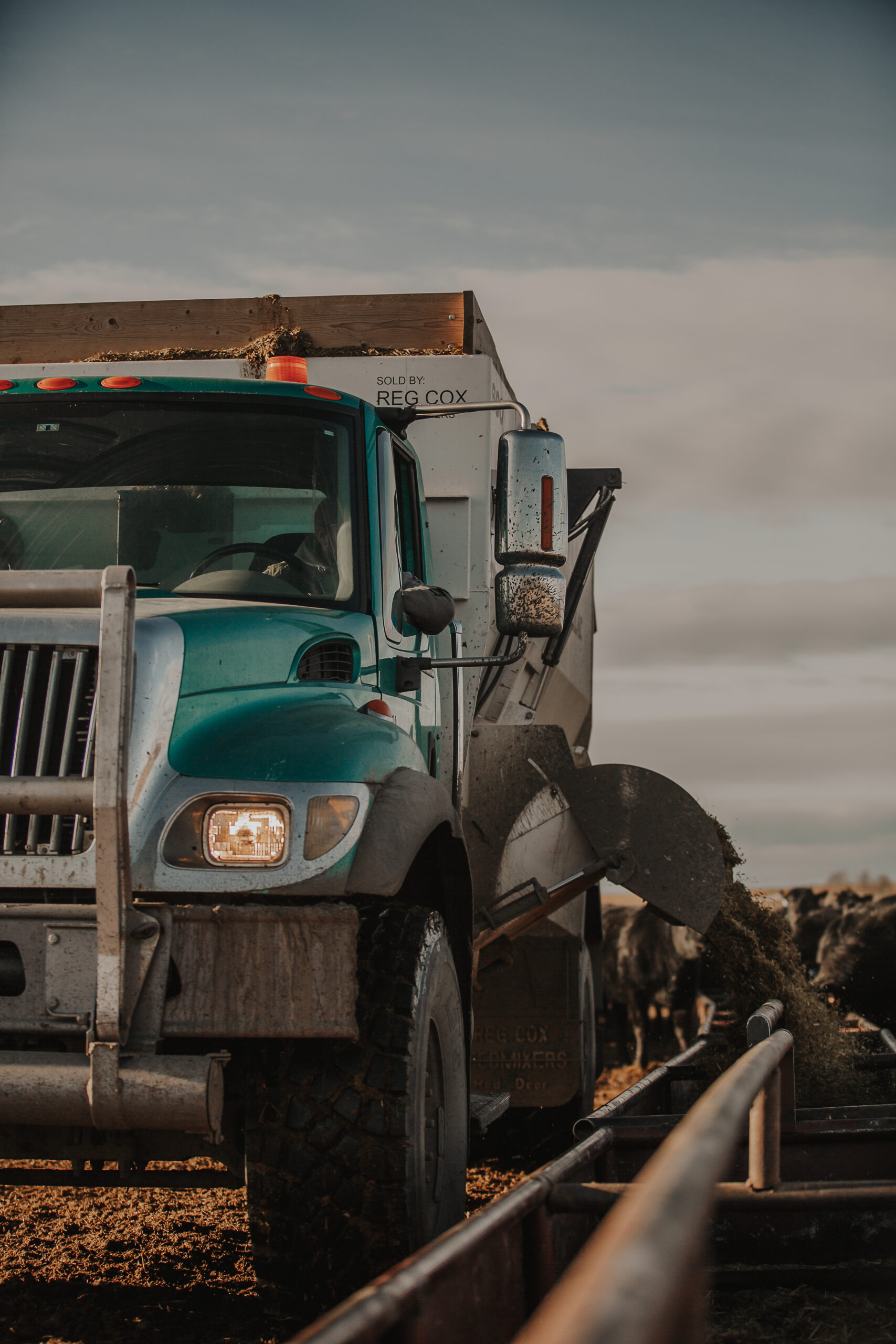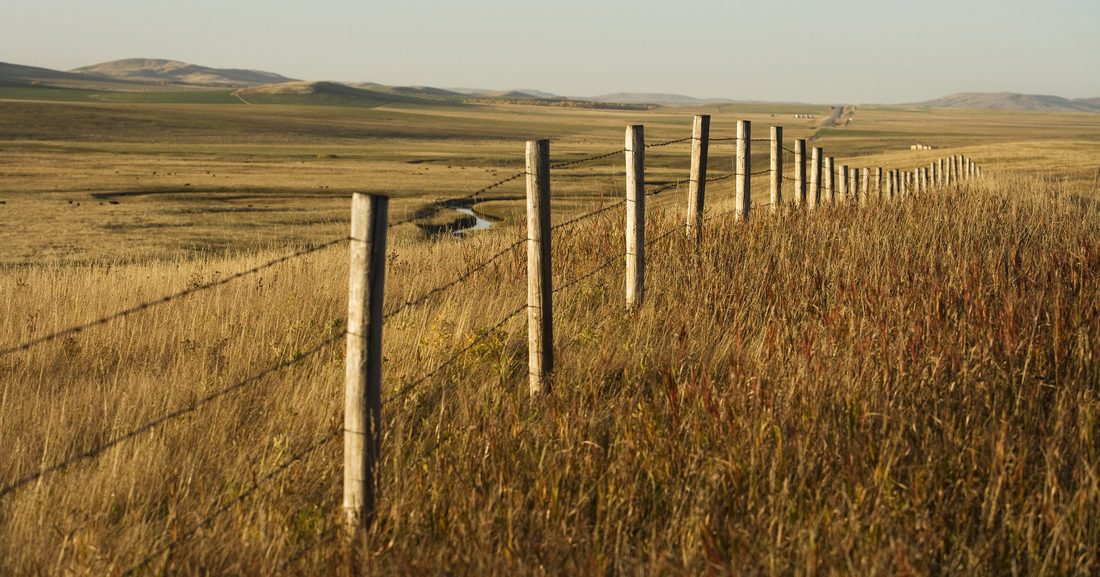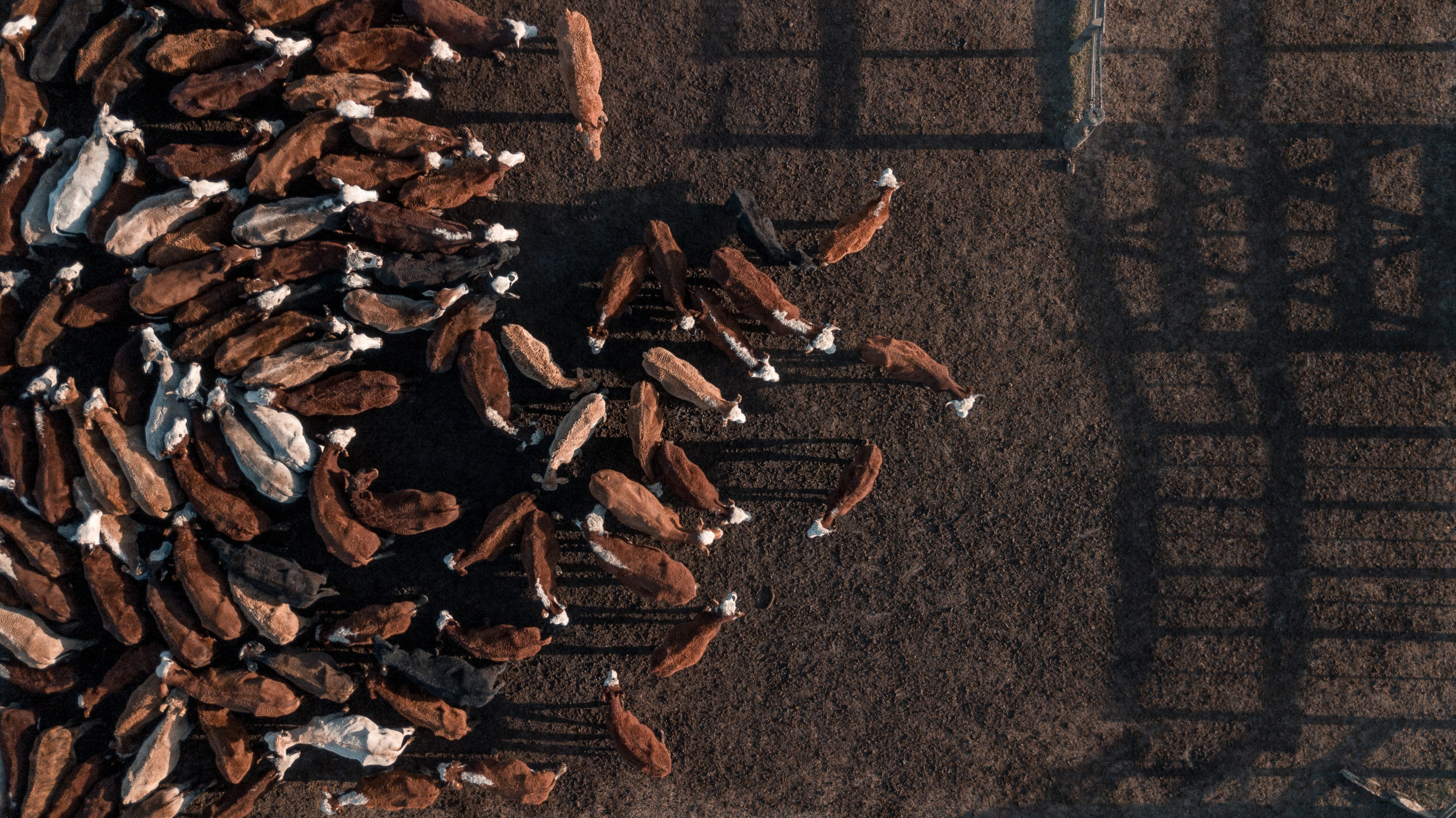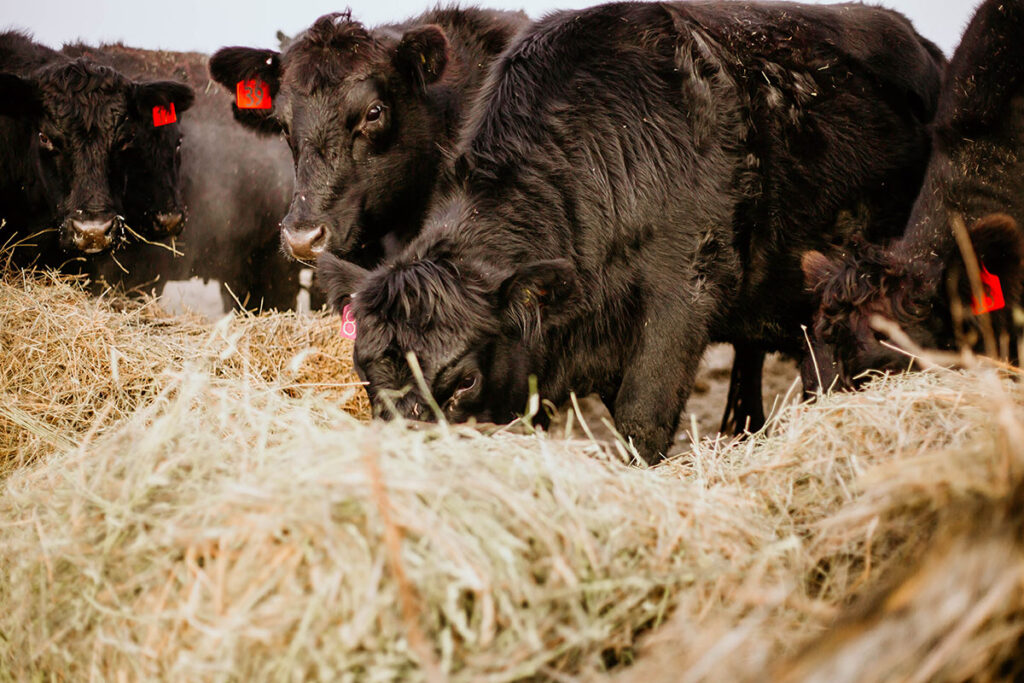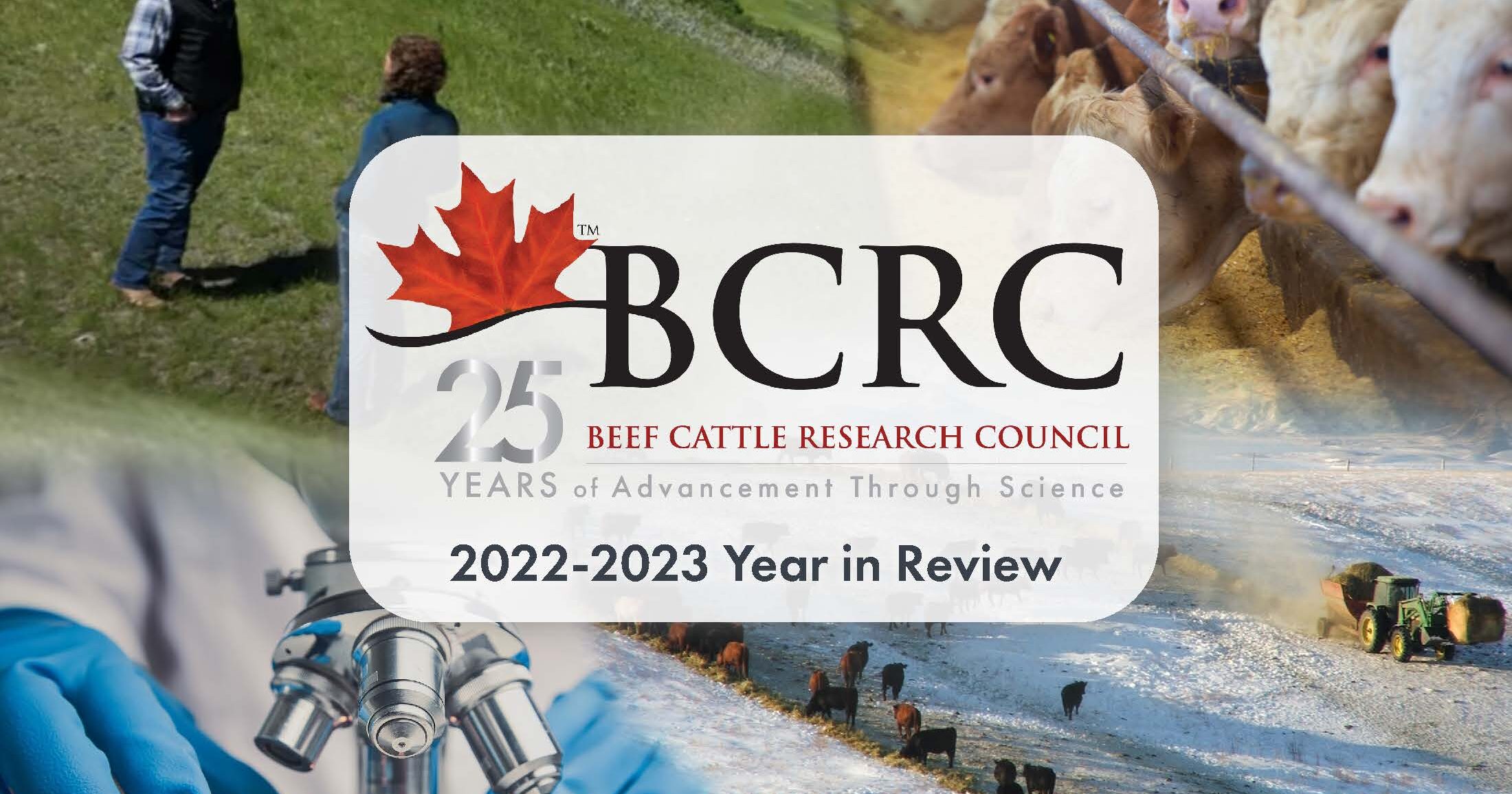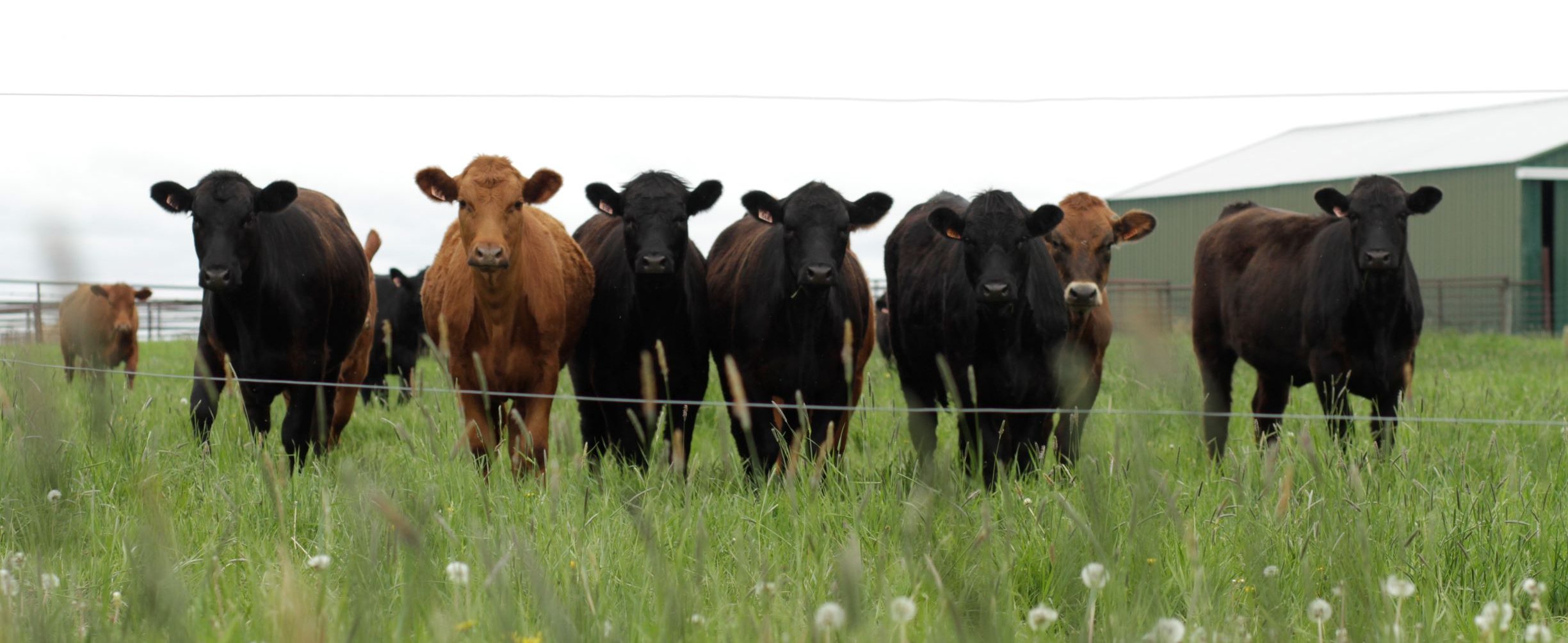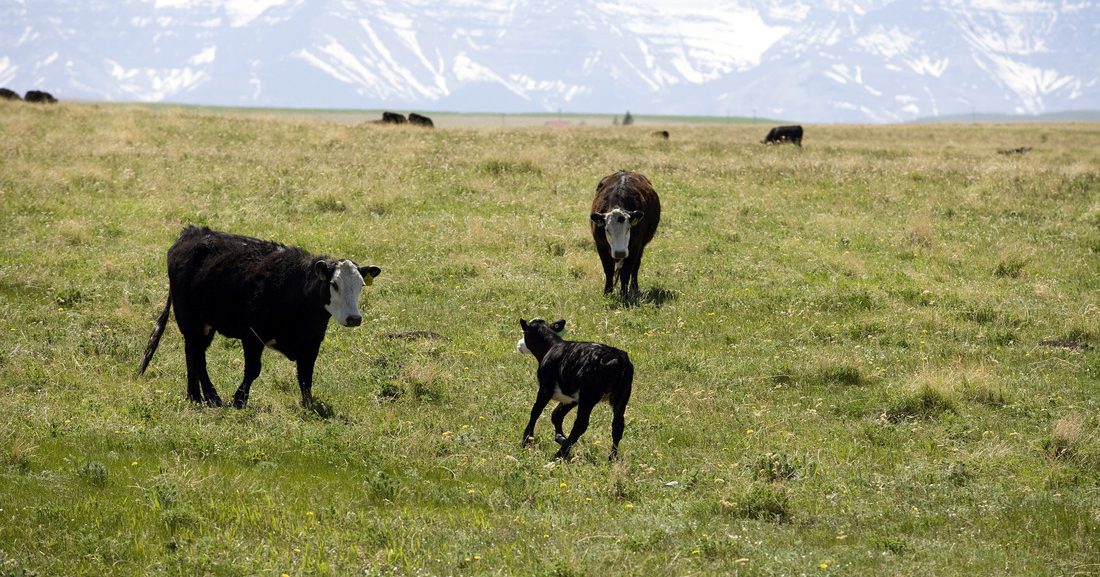AB Direct - Steers
Rail: 485.00-490.00 del
AB Direct - Heifers
Rail: 485.00-490.00 del
US Trade- Steers
Rail: 340.00-345.00 (IA, NE)
US Trade - Heifers
Rail: 340.00-345.00 (IA, NE)
Canadian Dollar
0.39
Canadian beef industry works together to tackle trade challenges and go global
The Canadian Beef Advisors are excited to unveil the 2025-30 National Beef Strategy, which aims to enhance profitability, growth, and the global reputation of Canadian beef as a high-quality product. “The National Beef Strategy is about the future. We want people to know that the beef industry is preparing the way for the next generation,”…
Foot and Mouth Disease detected in water buffalo in Germany
Germany confirmed that Foot and Mouth Disease (FMD) was detected in water buffalo on January 10, 2025. This is the first case of FMD in Germany since 1988. This incursion of the FMD virus into Europe warrants heightened awareness by Canadian producers and travellers. Foot and Mouth Disease is a highly contagious virus that can…
Celebrating 10 years of the BCRC Beef Researcher Mentorship Program
This year the Beef Cattle Research Council (BCRC) celebrates a decade of its Beef Researcher Mentorship Program, which has connected more than 40 mentees with countless beef producer and industry mentors to bridge the gap between science and industry. Launched in 2014, the program was inspired by the need for stronger connections between researchers and industry….
Hidden hazards – the challenge with mycotoxins in beef cattle feed
This article was originally posted on the Beef Cattle Research Council’s website on October 9, 2024. Often hidden hazards in beef cattle diets, mycotoxins can create a variety of problems including impaired immune response which can lead to secondary infections, compromised growth rates, reduced reproductive performance, lameness and gangrene. Illnesses caused by mycotoxins can be difficult to…
Silage: More than just filler
This article was originally posted on the Beef Cattle Research Council’s website on October 31, 2022. If starch (from grain) is the fuel in a feedlot diet, fiber (from a roughage like silage) is the engine governor that slows digestion. A backgrounding diet might contain 60 per cent silage to moderate animal growth so that…
Unlocking Insights: The Canadian feedlot and backgrounding operations benchmarking survey
With government regulations affecting beef production in other countries, it is crucial for Canada to adopt sustainable beef practices to maintain and grow our beef markets. Currently, Canada lacks a national benchmark of practices used by backgrounding and finishing operations, which can lead to uncertainty about current practices. To address this, the Canadian Benchmark survey…
Canadian Beef Check-Off Agency announces new board members and leadership
The Canadian Beef Check-Off Agency is announcing new board members for the 2024/25 term, following their Annual General Meeting (AGM). The newly appointed members represent a diverse group of primary producers and industry stakeholders from across Canada: Primary Producers Canadian Meat Council Retail and Foodservice I.E. Canada The newly elected Executive Committee includes: The Marketing…
National Beef Strategy update highlights achievements and future goals
The Canadian beef industry is rolling out an update on its 2020-24 National Beef Strategy, highlighting achievements over the past two years. The National Beef Strategy was brought to fruition by Canadian Beef Advisors to collectively capitalize on opportunities. It has offered guidance despite supply chain challenges such as droughts, feed shortages, and post-pandemic recovery….
Considerations when using alternative feeds – have you done your homework?
This article was originally posted on the Beef Cattle Research Council’s website on February 22, 2024. Alternative or non-conventional feeds, such as grain screenings, cull potatoes or distillers’ grains, can be an economical means for beef cattle producers to supplement forage and grain inventories while continuing to meet animal nutritional requirements. However, due to variability…
2023 Annual Report: Beef Cattle Research Council
Beef Producer National Check-Off Investments in Research The Beef Cattle Research Council (BCRC) is Canada’s industry-led funding agency for beef, cattle and forage research and extension. The BCRC is directed by a committee of 16 beef producers from across the country including six members from Alberta and one member at large. It is funded primarily…
Raising replacement heifers — what does it cost?
This article was originally posted on the Beef Cattle Research Council’s website on September 13, 2023. Understanding the cost of developing replacement heifers is crucial for informed decision making. The most significant factor in heifer development cost is the opportunity cost of foregoing revenue from selling calves at weaning. Each heifer kept for the breeding…
The value of ‘hands-on’ BCS for a commercial beef herd
The literal act of completing ‘hands-on’ body condition scoring (BCS) is often thought of by commercial beef producers as a procedure done strictly in academic trials, research studies, or by seedstock operations. Many bypass the practice altogether, choosing instead to rely on experience, assessing their herd’s degree of condition from the feed truck or tractor…


